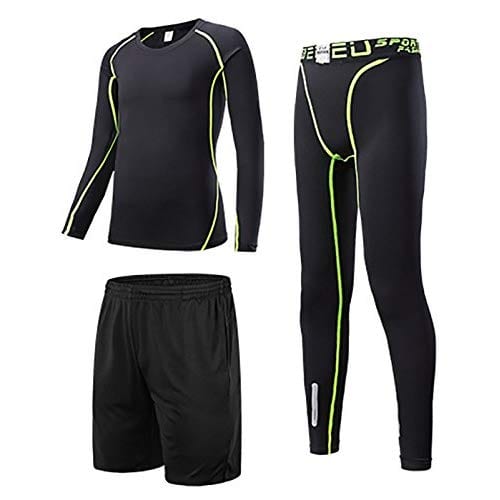With temperatures falling and snow chances growing, some choose to go out and see the sights. White painted hills and knobs in Southeast Kentucky attract many hikers during the cold. However, hiking is a lot more difficult when you throw cold and snow into the mix. As an avid hiker, I thought I’d share some things I practice during my cold winter hikes.
Layers, Layers, Layers
Many layers are needed when hiking in the cold. As you start out on the trail, even in the afternoon with sunshine your body will start cold. You’ll want something warm to wear until your body heats up due to the workout. When you do warm up, you’ll want to shed a few layers so you don’t overheat. What many people forget is as you climb hills the temperature drops and the wind is usually stronger. Therefore you’ll want to add those layers back to keep warm at the overlooks. It’s not uncommon for hikers to go through several layers during even a short hike.

Moisture-wicking Clothing
Despite the cold, your body will still sweat, even on short hikes. As you put on warmer layers, your body will sweat more. If you wear cotton or other material that absorbs moisture, that sweat will chill down in the cold air and will lower your body temperature. While that sounds good if you’re warm, it could lead to hypothermia. Hypothermia is the result of your body losing heat faster than it can produce heat. This could lead to respiratory issues and could even result in death.
Traction is Key
Footing is already important in the summer months, but ice and snow makes things exponentially more dangerous. Wet spots on the trail will have a chance to freeze in the winter months and mud holes can quickly become areas with ice. Snow will decrease traction when climbing hills and can send you sliding down, possibly injuring yourself. Clear ice can reside on rock faces and can make things dangerous for those trying to climb up or down.

Out of Breath
Hiking in the cold comes with one disadvantage. Dry air. Dry air tends to irritate the path of airway in your body and can lead to coughing, wheezing, and shortness of breath. Oxygen levels also decrease with altitude, so adding cold, dry air to the mix, could leave you in a tricky spot. If you climb high peaks or hike in very cold air, warm up the air you breath by covering up your mouth and nose with a scarf or face mask. Also, keep in mind that air quality can be poor on cold days with smoke and other aerosols being trapped near the surface. This could lead to breathing issues for those with pre-existing breathing conditions.

Water Still Needed
Even as you hike in the cold, you sweat. You may not notice since the moisture evaporates off your skin fairly quickly in the cold. Despite this, you will still continue to perspirate throughout your hike. You may not notice that you are feeling dehydrated at first. Pack and drink plenty of water, to keep your body hydrated through your hike, even if you don’t feel thirsty.
Emergency Items
Even the most experienced hiker can find themselves in a bind out on the trail. Slips, falls, and accidents happen, even if every precaution has been taken. An emergency kit in a backpack can be the difference between life and death on the trail. Items like food, extra water, a blanket, a small shelter, first-aid kit, satellite messenger, a pocket knife, a Bic lighter, duct tape, and a head lamp are just a few of many items that could keep you warm and safe should you be stuck in below freezing temperatures overnight. Even just having a few of these items could increase your survival potential.

Check the Forecast
Yes, being a meteorologist has its advantages, but even if you’re not one you need to keep up weather before a hike. A minor snow, or some morning fog could limit visibility enough to cause you to miss trail signs or even where the edge of a trail is. Getting lost or falling could get you stuck in a situation where you’ll be spending a lot of time (possibly overnight) so wait until you have good conditions for your hikes.

Recap
The best advice is to start small. If you’re used to doing bog miles in the summer, you may be surprised at how your mileage gets cut down in the winter months. Take small hikes at first. A few miles with small elevation gains. The more you go, the easier the adjustment will be on your body as you add miles or altitude. Only hike on days that have good visibility and are not extremely cold or windy.

Have fun out there and stay safe! Even in the winter, the beauty of Kentucky can be experienced. You just have to be extra careful while doing so.

